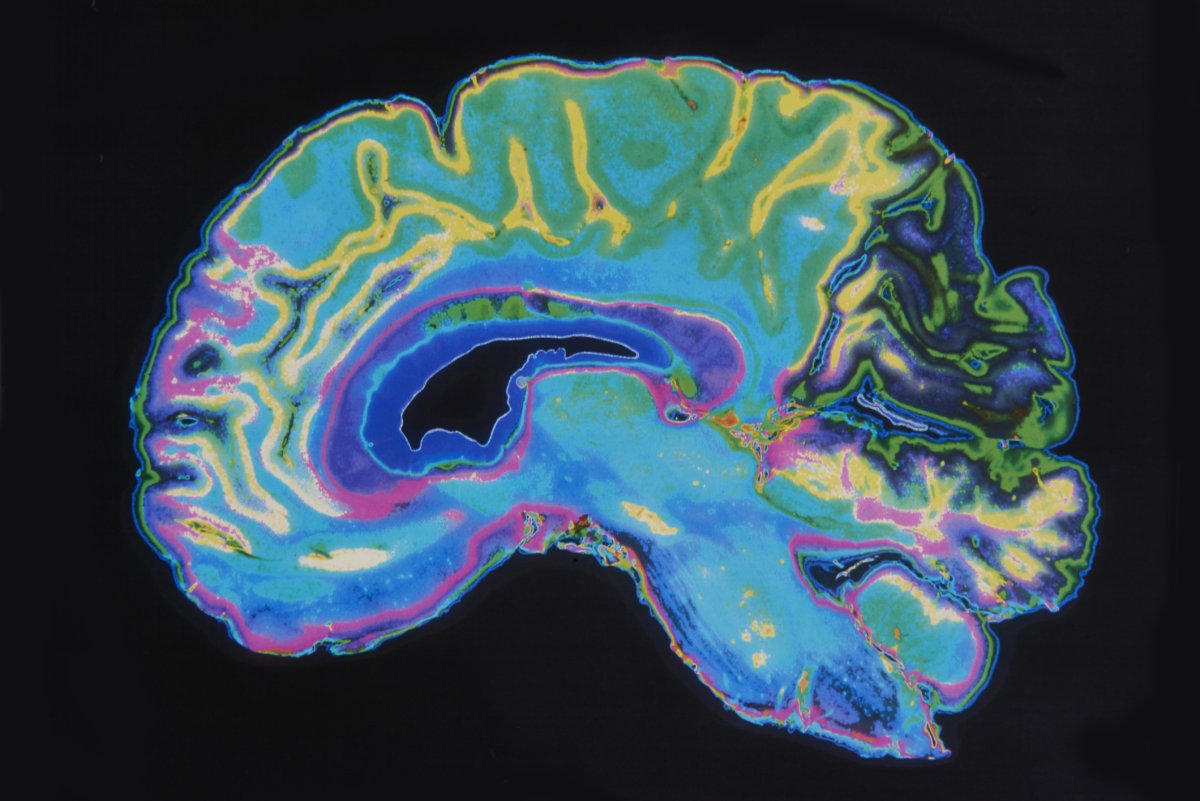Hope may be in sight for millions of Alzheimer's patients as scientists have found a way to slow disease progression and treat its symptoms using only light and sound.
Alzheimer's affects roughly 5.8 million Americans, according to the Centers for Disease Control and Prevention. The progressive disease is the most common form of dementia and is associated with memory loss and cognitive decline in regions of the brain involved in thought, memory and language.
Scientists believe that Alzheimer's is caused by the abnormal buildup of proteins in and around the brain cells, although exactly what triggers this build-up is still unclear.
These protein clumps are called amyloids, and it's these amyloids that may be targeted by light and sound, specifically light and sound at a frequency of 40Hz.
"Ever since we published our first results in 2016, people have asked me how does it work? Why 40 Hz? Why not some other frequency?" Li-Huei Tsai, Picower professor of neuroscience and director of The Picower Institute and MIT's Aging Brain Initiative, said in a statement. "These are indeed very important questions we have worked very hard in the lab to address."

Previous work by Tsai and colleagues at MIT's Picower Institute for Learning and Memory has demonstrated that sensory stimulation at 40 Hz can stimulate activity in the brains of mice at this frequency, known as gamma oscillations. These gamma oscillations have been associated with working memory, sensory processing, spatial navigation and attention, all of which can begin to deteriorate as a result of Alzheimer's.
As well as increasing brain activity, the team also found that sensory stimulation can reduce the levels of amyloid protein build-ups in the brains of mice with Alzheimer's-like symptoms. But exactly how the brain was able to clear these proteins was still unclear.
In a new study, published in the journal Nature, the team replicated their original findings and demonstrated that these results were associated with an increase in activity of the brain's own cleanup crew; the glymphatic system.
Previous research has shown that the glymphatic system may be regulated by oscillatory rhythms in the brain, making it a promising candidate for this protein removal.
"We do not yet have a linear map of the exact sequence of events that occurs," Mitch Murdock, who led the research while studying as a doctoral student at MIT, said in a statement. "But the findings in our experiments support this clearance pathway through the major glymphatic routes."
More work is needed to fully understand these mechanisms, and clinical trials over a period of weeks or months will be required to understand whether sensory stimulation can have sustained effects on human cognition. However, this research offers an exciting, non-invasive potential treatment option for patients with neurological disorders in the future.
Uncommon Knowledge
Newsweek is committed to challenging conventional wisdom and finding connections in the search for common ground.
Newsweek is committed to challenging conventional wisdom and finding connections in the search for common ground.
About the writer
Pandora Dewan is a Senior Science Reporter at Newsweek based in London, UK. Her focus is reporting on science, health ... Read more
To read how Newsweek uses AI as a newsroom tool, Click here.





